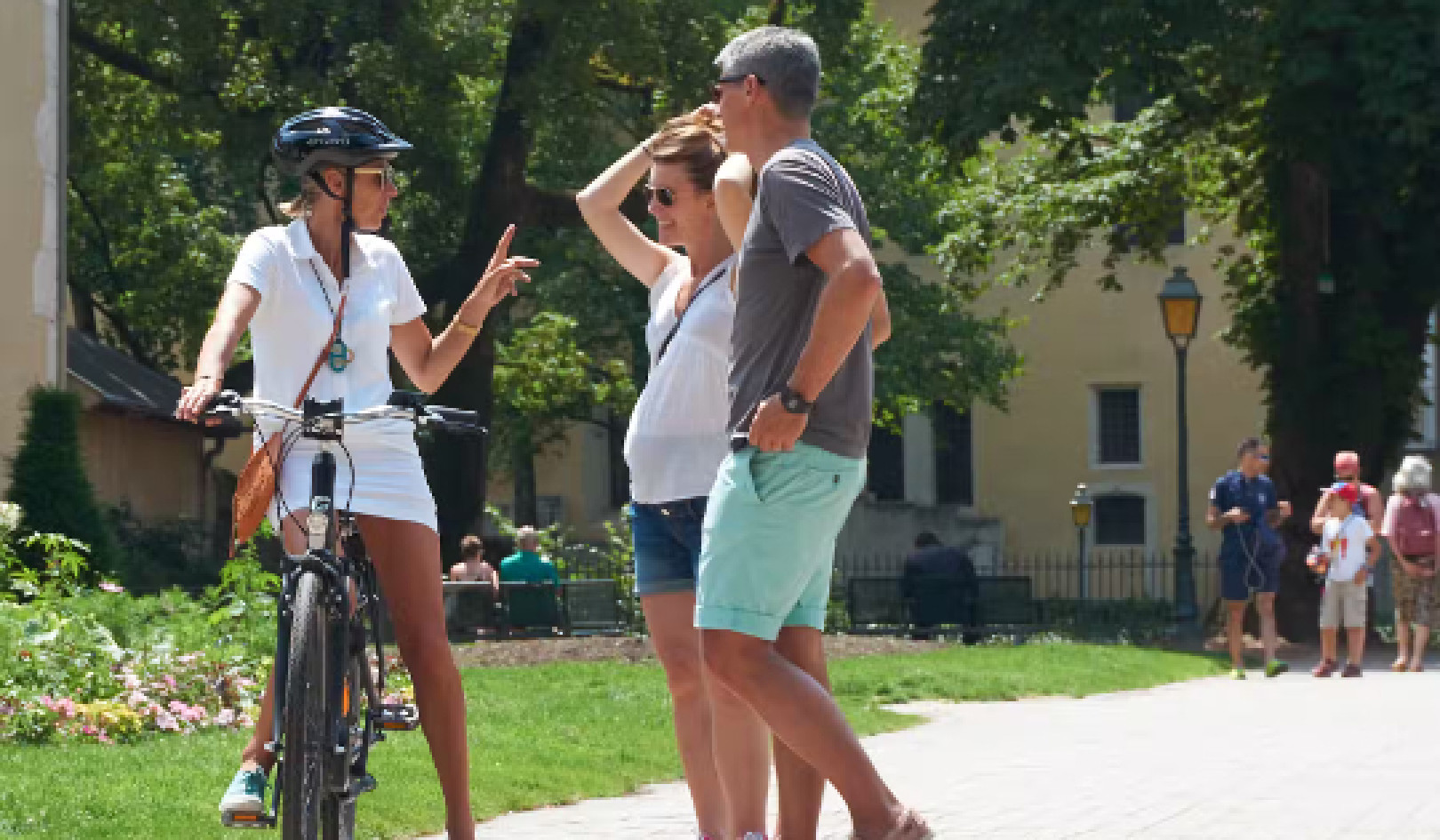
Now, Concentrate... The Pathway to Peace
Concentration is an important stage on our pathway to peace. We may have experienced what it feels like to concentrate on a painful memory or emotion, but may not have directed our awareness to peace and calm or used it to tap into the deeper elements of ourselves.
Bring to mind a time when you had to focus on what someone was trying to tell you and block out distractions to hear what they were saying. You had to focus your awareness and absorb yourself into it. You're now going to use this same skill in meditation to experience the peace within. You are going to learn how to direct your attention to a point of calm and peace.
Is There a "Right Way" to Meditate?
Meditation is practiced by many traditions around the world. You may discover many different meditation practices as you go through life. Enjoy this discovery and remember there is no right way, only what is right for you.
The word 'meditation' comes from the Latin meditari, 'to heal'. If you were to ask me what we are healing, I would say that apart from rejuvenating and calming our whole self, we are healing the disconnection with our real self — the authentic part of us that is in touch with the whole universe. The learning comes through our experience of it rather than reading about it or scientifically analyzing it.
Meditation: Where Do You Start?
To begin with, find a space in which to sit. You don't have to be in the lotus position or any rigid, stereotypical pose if this isn't possible. You can even sit on a chair if you are unable to sit comfortably cross-legged, with or without the aid of cushions underneath your bottom or behind your back to encourage an upright and lengthened spine. I have sat and meditated in my car with great ease.
If you are unable to sit at all and can only lie down, then please just be as comfortable as you can. Do not place any restrictions on the external when the whole point is to go within. However, a quiet space, undisturbed time, a blanket around your shoulders to keep you warm and your phone turned off will be a good start.
When you have adjusted your clothes and position and prevented any disturbances, you can allow your eyes to close. Check that your posture is comfortable and body is warm enough.
How To Turn Your Awareness Towards The Breath
 Watching the breath is a wonderful way to begin meditation. Just acknowledging your breathing brings you back to the gift that it really is — the exchange of energy, in and out.
Watching the breath is a wonderful way to begin meditation. Just acknowledging your breathing brings you back to the gift that it really is — the exchange of energy, in and out.
Find your awareness of the breath in the way that feels most comfortable to you. Some people like to hold their awareness at the tip of the nose and observe the breath as it flows in and out from this point — the cool breath that slowly flows in and the slightly warmer air that flows out. Others prefer to follow the whole journey of the breath as it flows in through the nostrils, down the throat, into the lungs and then back up and out of the body once again. Or you may prefer to watch the rise and fall of the abdomen as the body breathes.
You don't have to become attached to this process. It is as if your body is breathing and you are the observer.
Finding The Peace Within The Pause
As you develop, you may begin to notice that there is a great peace in the pause between the inhalation and exhalation, a great rest and calm where you are in touch and connected. You may notice that your inhalation and exhalation are different lengths. As you relax, you will find that they become more even. Notice that you do not force, strain or jerk your breath in and out — you allow it to move.
As you turn your awareness towards your breathing, notice how you allow yourself the gift of being fully present, connected, yet equally in a new state that you may never have experienced before. Persevere with kindness and dedication.
How Often and Why?
Begin with allowing yourself ten minutes then work up to 20 minutes daily as you feel ready. This state of calm and peace will become the foundation for your whole day. Later, you can add many other techniques to your meditation. However, take the time to find what is right for you and be patient with yourself. There's no need to rush.
Through meditation we can reach a point where we can see the world with broader vision. We go beyond just the appearances of life and begin to process the reality of it. We are no longer attached to the constant processing of stimuli and can begin to experience another dimension of our real self.
When I was delving deeper into my learning and asked a swami what should I do next (notice I thought I still had to do something), the response was: 'Learn to love your meditation.' That was the greatest advice.
©2011 by Nicola Phoenix. All rights Reserved.
Reprinted with permission of the publisher,
Findhorn Press. www.findhornpress.com
This article was adapted with permission from the book:
Reclaiming Happiness: 8 Strategies for an Authentic Life and Greater Peace
by Nicola Phoenix.
 Presenting eight common misunderstandings about the body and spirit — such as egoism, fear, attachment, and disorder — this manual shows how to divert life away from these behaviors towards happiness, peace, and harmony. Also asking subtle psychological questions, this guide helps readers find their divine nature and shows them how to embrace it and live life aligned with it in order to acknowledge the true magnificence that lies within.
Presenting eight common misunderstandings about the body and spirit — such as egoism, fear, attachment, and disorder — this manual shows how to divert life away from these behaviors towards happiness, peace, and harmony. Also asking subtle psychological questions, this guide helps readers find their divine nature and shows them how to embrace it and live life aligned with it in order to acknowledge the true magnificence that lies within.
Click here for more info and/or to order this book on Amazon.
About the Author
 Nicola Phoenix, MSc, BSc, CP.AMT, DipFryog, is known as the Spiritual Psychologist, with a busy clinic in the heart of London. She is an experienced Psychologist, Classical Yoga teacher, motivational speaker, radio show host and writer. Through her work, Nicola promotes a complete system that guides, supports and empowers all aspects of personal change, growth and development. Visit her website at www.nicolaphoenix.com.
Nicola Phoenix, MSc, BSc, CP.AMT, DipFryog, is known as the Spiritual Psychologist, with a busy clinic in the heart of London. She is an experienced Psychologist, Classical Yoga teacher, motivational speaker, radio show host and writer. Through her work, Nicola promotes a complete system that guides, supports and empowers all aspects of personal change, growth and development. Visit her website at www.nicolaphoenix.com.

























